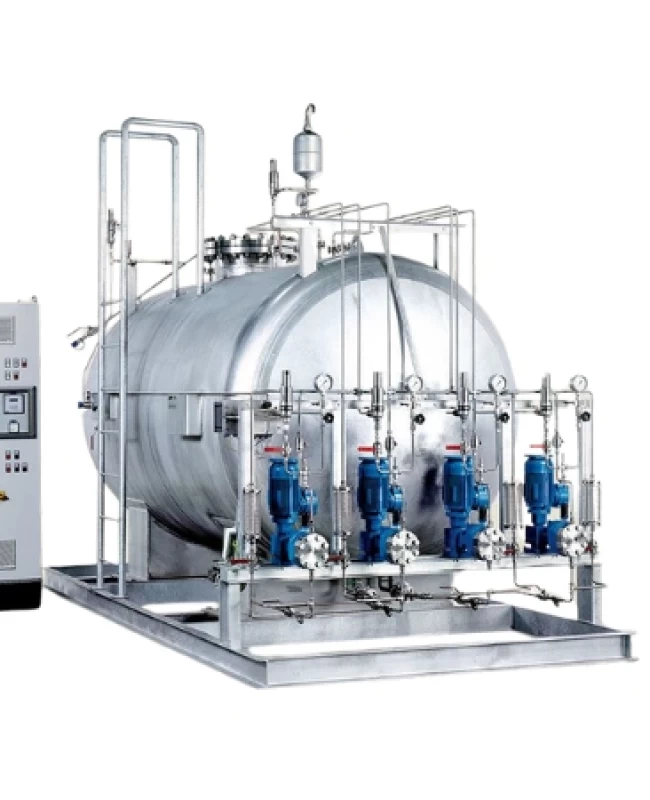Industrial Odour Control System
An odour control system is designed to manage and mitigate unpleasant odours from various sources to improve air quality and maintain a pleasant environment. These systems are used in a wide range of applications, including industrial facilities, wastewater treatment plants, agricultural operations, and commercial buildings.
8 types of technologies used for Odour Control in wastewater
Chemical Scrubbers:
- Wet Scrubbers: These systems use a liquid (often water or chemicals) to absorb and neutralize odorous gases. They can be packed-bed scrubbers, where the gas passes through a bed of packing material soaked with scrubbing liquid, or spray scrubbers, where the gas is sprayed with liquid in a chamber.
- Dry Scrubbers: These systems use dry sorbents (such as activated carbon or certain minerals) to adsorb odorous gases. They are suitable for applications where adding moisture is undesirable.
Biological Filters:
Biological filters, also known as biofilters, use microbial action to biologically degrade odorous compounds. The filters contain a medium (e.g., compost, wood chips, synthetic media) where microorganisms break down odorous gases as they pass through.
Activated Carbon Adsorption:
Activated carbon is highly effective in adsorbing volatile organic compounds (VOCs) and some inorganic odorous gases. Air or gas is passed through a bed of activated carbon, where odorous compounds are adsorbed onto the carbon surface.
Ozonation:
Ozone (O3) is a powerful oxidizing agent that can effectively oxidize and decompose odorous compounds. It is often used as a secondary treatment step or in conjunction with other technologies to enhance odour removal.
Chemical Oxidation:
Chemical oxidants such as chlorine dioxide (ClO2) or hydrogen peroxide (H2O2) can be used to chemically oxidize odorous compounds, breaking them down into less odorous or non-odorous by-products.
Thermal Oxidation:
Thermal oxidation, including methods like catalytic oxidation and thermal incineration, involves combusting odorous gases at high temperatures to convert them into carbon dioxide (CO2) and water vapor. This technology is effective for treating concentrated or complex odorous streams.
Vapor Phase Carbon Adsorption:
Similar to activated carbon adsorption, vapor phase carbon adsorption systems use activated carbon beds to adsorb and remove odorous gases from air or gas streams. They are particularly effective for treating low concentrations of odorous gases.
Odour Neutralizers and Masking Agents:
Some technologies involve the use of odour neutralizers or masking agents, which chemically neutralize odorous compounds or cover them with more pleasant-smelling substances. These are typically used in conjunction with other odour control methods.


